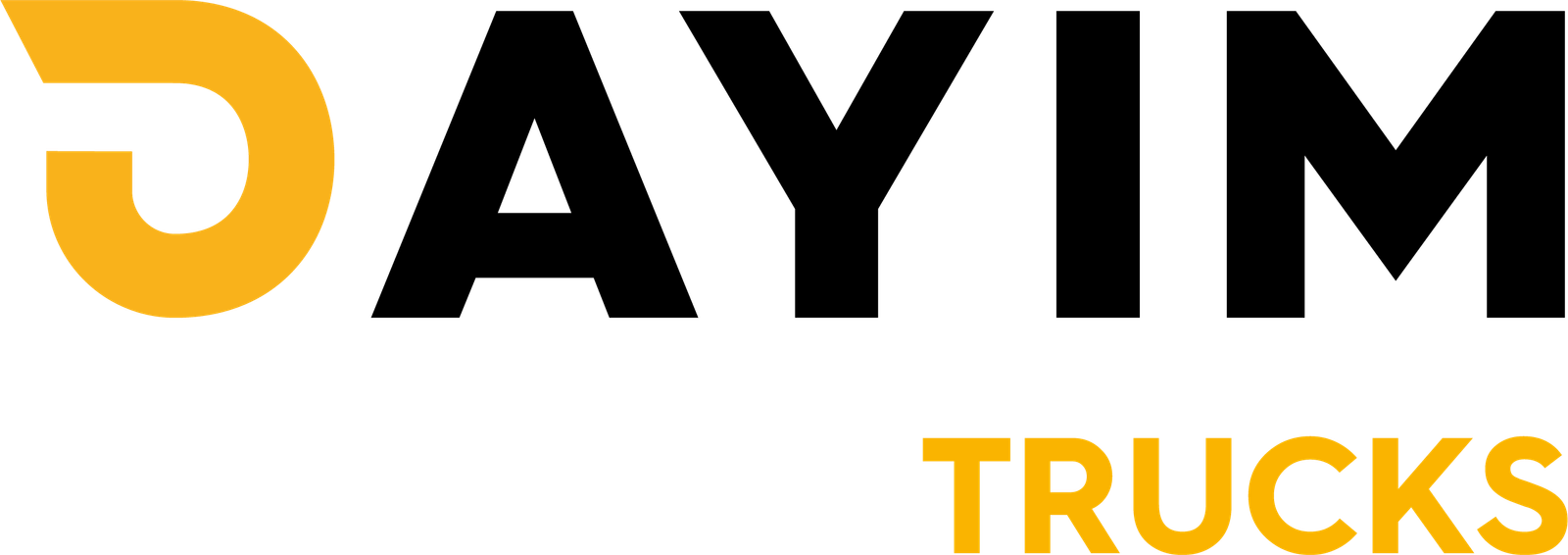In today’s digital-first world, a website serves as the backbone of every marketing strategy. Whether you’re building a global brand, selling products online, or sharing educational content, the type of website you choose can define your success.
In 2026, the digital landscape continues to evolve, bringing a variety of website types to meet diverse needs, goals, audiences, budgets, and purposes. From sleek corporate websites to vibrant e-commerce platforms and educational portals, understanding the different types of websites can help businesses and individuals choose the most suitable option for their goals. Whether you’re looking to build a new site or update an existing one, Dtroffle can offer valuable insights and expertise in selecting the right type of website for your needs.
Importance of Choosing the Right Type of Website for Your Business
There are various types of websites in digital marketing. But, selecting the right website type is more than just aesthetics-it’s about functionality, brand identity, and marketing effectiveness.
A well-structured website can:
Increase online visibility through SEO and content marketing.
- Enhance user experience and customer retention.
- Drive conversions by aligning content with business objectives.
- Whether your focus is selling products, sharing knowledge, or connecting communities, the right website type ensures your efforts translate into measurable results.
Here are the types of websites in 2026:
1. E-Commerce Websites
Overview: E-commerce websites are designed for online selling and buying. They allow businesses to showcase their products or services, process transactions, and manage inventory online. Also, these websites enable customers to browse, select, and purchase products or services online. Popular examples of e-commerce websites are Amazon, Shopify stores, Flipkart, Shopsy, Blinkit, Etsy, and more.
These websites integrate secure payment systems, shopping carts, product filters, and customer review sections to create a seamless online shopping experience.
Key Features of Successful E-Commerce Platforms:
- User-friendly design for easy navigation.
- Mobile optimization for on-the-go shoppers.
- Secure payment gateways to protect user data.
- Inventory management and shipping integrations.
- Product catalog and search functionality.
- Shopping cart and checkout process.
- Customer accounts and order tracking.
- SEO-optimized product description and images.
Best For: Retailers, manufacturers, and businesses looking to sell products or services directly online.
2. Corporate Websites
Overview: Among the Different Types of websites used in digital marketing, corporate websites represent a company’s identity and communicate information about its products, services, and team. These sites often include details about company history, values, and achievements, helping build credibility and trust.
Key Features:
- Clear company overview and mission statement
- Product or service descriptions
- Leadership and team profiles
- Contact forms and inquiry options
Best For:
Large companies, organizations, and enterprises seeking to establish a solid online presence and share professional information.
3. Brochure Websites
Overview: Brochure websites are one of the Different Types of websites that provide basic business information online without complex features. They are ideal for small businesses that don’t need an online store but still want to appear in search results.
Key Features:
- Simple homepage with contact details
- Services or product listings
- About section and testimonials
- Clean, fast-loading design
Best For: Local businesses, startups, and professionals who need a cost-effective way to introduce their business online.
4. Membership Websites
Overview: Among the Different Types of websites, membership websites provide restricted content or services to registered members. Users often pay a subscription fee to access premium content or participate in exclusive communities.
Key Features:
- Subscription or membership system
- User login and profile management
- Exclusive content or downloadable resources
- Online community or discussion areas
Best For: Coaches, educators, or businesses offering premium services, online learning, or community-based platforms.
5. Blog Websites
Overview: Blog websites are focused on publishing articles, guides, or personal opinions, such as online Vidya Hub guide and help fresh graduates, working profesionals, and entreprenures to choose write online UG & PG degree programme for their career growth and also they help students to select best university as per the students requirements by keeping budget, course structure, quality edication in mind. They are essential for content marketing and building relationships with readers through regular updates.
Key Features:
- Blog categories and tags for easy navigation
- Comment sections and sharing tools
- Search function and archives
- Integration with social media
Best For: Writers, journalists, and businesses that use content marketing to educate, engage, and attract traffic.
6. Portfolio Websites
Overview: Among the Different Types of websites, portfolio websites act as digital resumes that showcase past work, achievements, and creative skills. They help individuals or teams highlight their experience in a professional, visually appealing format.
Key Features:
- Gallery or showcase of projects
- Case studies or project descriptions
- Client testimonials and feedback
- Contact form for inquiries
Best For: Freelancers, designers, artists, photographers, and agencies looking to present their work and attract clients.
7. Educational Websites
Overview: Different types of website include educational platforms that provide structured learning materials, online courses, and training programs. They cater to schools, universities, or independent educators offering digital education.
Key Features:
- Course catalog and enrollment options
- Learning management system (LMS)
- Interactive quizzes and assignments
- Resource libraries and progress tracking
Best For:
Schools, e-learning platforms, trainers, and educators delivering lessons or certification programs online.
8. Nonprofit Websites
Overview: Different types of websites include nonprofit platforms that focus on promoting causes, sharing impact stories, and encouraging donations or volunteer participation. They aim to create awareness and inspire visitors to take meaningful action.
Key Features:
- Donation forms and fundraising tools
- Event calendars and volunteer information
- Mission statement and success stories
- Contact and support details
Best For: Charitable organizations, foundations, and community projects seeking to connect with donors and supporters.
9. Landing Pages
Overview: Different types of website include landing pages that are single, goal-oriented pages designed to convert visitors into leads or customers. They are often linked to digital marketing campaigns.
Key Features:
- Focused call-to-action (CTA)
- Lead capture form
- Minimal distractions with clear design
- Analytics tracking for conversions
Best For: Businesses running advertising or promotional campaigns that aim for specific actions like sign-ups or product purchases.
10. Hybrid Websites
Overview: Hybrid websites combine elements from various types to meet specific business goals. For example, a company might integrate an e-commerce store with a blog or include a portfolio in a corporate site.
Key Features:
- Flexible design and functionality
- Integration of multiple website features
- Customizable layouts and user experiences
- Scalable for future updates
Best For: Businesses or individuals with diverse goals who need multiple features in a single platform need a combination of website types.
Key Differences Between Website Types:
| Website Type | Main Goal | Audience | Primary Benefit |
| Corporate | Build trust and authority | Clients and investors | Brand image |
| E-commerce | Sell products or services | Consumers | Online sales |
| Blog | Share ideas and updates | Readers | Traffic and engagement |
| Portfolio | Display creative work | Clients and employers | Professional visibility |
| Educational | Offer learning content | Students | Skill development |
| Nonprofit | Promote a cause | Donors and volunteers | Awareness and funding |
| Landing Page | Convert visitors | Prospective customers | Leads and sales |
| Membership | Provide premium content | Subscribers | Recurring income |
| Hybrid | Combine features | Broad audience | Flexibility and reach |
How to Choose the Right Type of Website for Your Brand
Choosing your website type depends on your goals, audience, and growth plans. Ask yourself:
- What do I want visitors to do on my site?
- Who is my target audience?
- How much interactivity do I need?
- Do I plan to sell, teach, or inform?
For small businesses, brochure and landing page sites are simple and effective. For established brands, a corporate or e-commerce site provides greater depth and opportunities.
Future Trends in Website Development and Marketing
The future of websites is shaped by new technologies and user expectations. Some major trends include:
- Personalized browsing experiences using AI tools
- Mobile-friendly, voice-ready design
- Improved security and data protection
- Eco-friendly website hosting solutions
Staying ahead of these changes helps brands remain competitive and relevant.
Conclusion
Understanding the different types of websites available in 2026 can help you choose the right type for your needs and goals. Whether you’re looking to establish an online store, showcase a portfolio, or create a blog, selecting the right website type is crucial for achieving your objectives. For personalized advice and expert design and development, partnering with a Website Designing Company In Agra can provide the support you need to create a successful online presence.
Q 1. What are the main types of websites in digital marketing?
Ans: They include corporate, brochure, e-commerce, blog, portfolio, educational, nonprofit, membership, landing page, and hybrid websites.
Q 2. Which website type is best for small businesses?
Ans: Small businesses often benefit from brochure or landing page websites because they are affordable and easy to maintain.
Q 3. What makes e-commerce websites so effective?
Ans: They allow businesses to reach wider audiences, automate sales, and offer a smooth shopping experience.
Q 4. Can one website serve multiple purposes?
Ans: Yes. Many modern sites combine blog, e-commerce, and membership features for flexibility.
Q 5. How do educational websites support digital learning?
Ans: They make education accessible anytime, anywhere, and often include interactive learning tools.
Q 6. What’s the purpose of a landing page?
Ans: Landing pages focus on a single goal, such as collecting leads or promoting a specific campaign.





